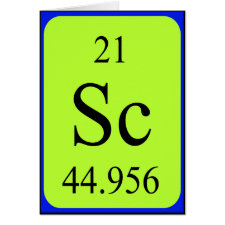Authors: Pereira AV, Cervini P, Rivera VAG, Cavalheiro ETG
Article Title: Graphite-Polyurethane Composite Electrode Modified with Molecularly Imprinted Polymer for Determination of Diclofenac.
Publication date: 2021
Journal: Journal of the Brazilian Chemical Society
DOI: 10.21577/0103-5053.20210138
Abstract: A molecularly imprinted polymer (MIP) was prepared using the anti-inflammatory diclofenac (DCF) as a template. A non-imprinted polymer (NIP) was also prepared as a control. These MIP and NIP were characterized by scanning electron microscopy (SEM), transmission electron microscopy (TEM) and Brunauer-Emmett-Teller (BET), revealing a higher porosity in the first. Then both were used in the modification of graphite-polyurethane composites electrodes (GPUE). Differential pulse anodic stripping voltammetry was used for DCF determination at GPUE-MIP-DCF containing 2.5% (m/m) of the modifier in perchloric acid, pH = 2.0, after previously optimized conditions such as 300 s of accumulation time, +0.2 V accumulation potential (vs. SCE (saturated calomel electrode)), 50 mV pulse amplitude and 10 mV s-1 scan rate. A linear dynamic range from 0.010 to 0.20 μmol L-1 and a limit of detection (LOD) of 0.99 nmol L-1 were found, using GPUE-2.5-MIP-DCF. DCF was determined in commercial pharmaceutical formulations and in synthetic urine samples, with recoveries between 101 and 102% (n = 3) and 101% (n = 3), respectively. The results agreed with the reference high-performance liquid chromatography (HPLC) within 95% confidence level, according to Student's t-test. Interference from meclofenamic and mefenamic acids, which are structurally similar to DCF, was also evaluated. Interferences could not be totally avoided, but MIPs presented a considerable ability in discriminating the voltammetric response for DFC, despite the close structural similarity with the interferents.
Author keywords: electrochemical sensor, differential pulse anodic stripping voltammetry, selectivity



Join the Society for Molecular Imprinting

New items RSS feed
Sign-up for e-mail updates:
Choose between receiving an occasional newsletter or more frequent e-mail alerts.
Click here to go to the sign-up page.
Is your name elemental or peptidic? Enter your name and find out by clicking either of the buttons below!
Other products you may like:
 MIPdatabase
MIPdatabase









